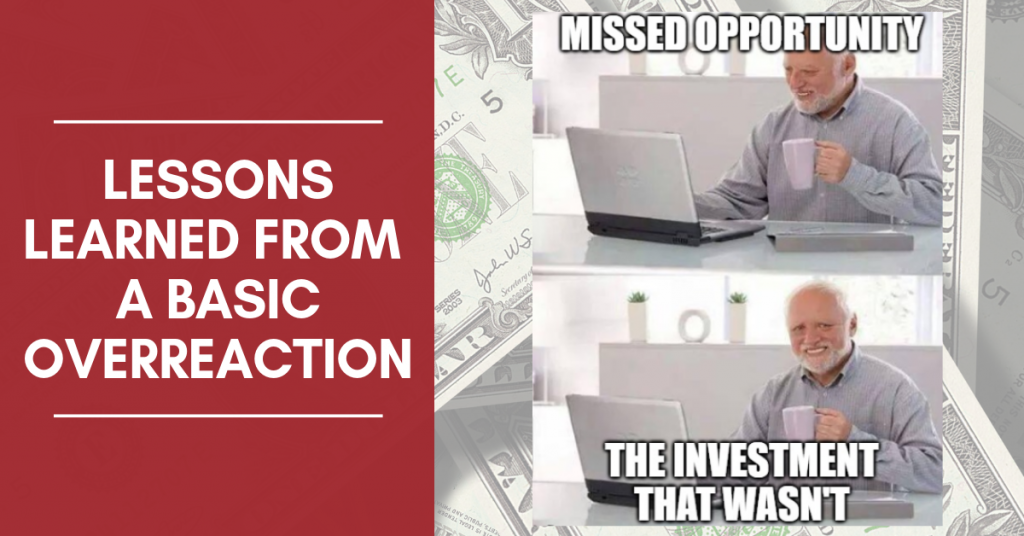Missed Opportunity Stems from Hasty Decision on a Stock
This post was originally published here.
A few years ago, I bought a stock at 40,000 Vietnamese Dong (VND) per share (US1.71) after considering that the stock was undervalued. Then, the stock rallied to VND50,000 and dropped back to VND41,000/share. I sold all my stock at this price to protect the VND1,000/share gain! After my apparently overzealous reaction, the share price doubled over the ensuing six months.
Lessons learned from a basic overreaction
I let fear and short-term price movement drive my investment management decision. A rigorous review of the company’s fundamentals (financial modeling as just one tool to use in such a review) would have been a more reliable ground on which to base my actions. Furthermore, thorough analysis could have helped me to anticipate the near-term catalysts for the stock.
Andrew’s takeaways – Avoid these mistakes to become a better investor
The investment that wasn’t
Many stories of people’s worst investments are investments that the person didn’t make; often investments that they talked themselves out of. They saw Amazon or Walmart or Apple early but they didn’t buy. The particular mistake in the story above has to do with short-term thinking. I’m often amazed at how people are willing to take significant risks in a day or week or month, yet they rarely think about the long term.
Your time horizon is much longer than you think
The average 30-year-old person hopes to retire at 60, which means they have a 30-year investment horizon. But it doesn’t stop there; they also have another 20- or 30-year retirement horizon, a time during which they will need that money to grow. Create a long-term, diversified strategy; implement it. Let your investments grow, and you will be far ahead of most people.
Mistakes in this story
1. Failed to do their own research
- Relied on the assumptions of others
3. Driven by emotion or flawed thinking
- Let emotions drive their investment decisions
Learn about the six ways you will lose your money and how to avoid them here.
DISCLAIMER: This content is for information purposes only. It is not intended to be investment advice. Readers should not consider statements made by the author(s) as formal recommendations and should consult their financial advisor before making any investment decisions. While the information provided is believed to be accurate, it may include errors or inaccuracies. The author(s) cannot be held liable for any actions taken as a result of reading this article.


